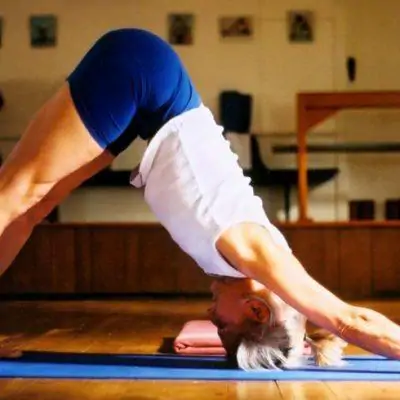Introduction
Video sequence description
This is a basic, foundation backbend sequence suitable for those who are just starting to approach the backbending asanas.
They are uplifting and the perfect antidote to computer and desk work as they help to counteract the slouched position we may assume, activate the back ribs and open the chest.
Step by step guide to the sequence
You will start this sequence by lying back in Supta Baddhakonasana to open the groins and begin to awaken the back of the body. Follow this with a gentle forward Virasana and then stand for Uttanasana to bring focus and stability to the legs whilst releasing the spine downwards.
This is followed by Adho Mukha Svanasana, downward dog pose, which now connects the arms to the legs and lengthens the spine again, more actively.
To activate the arms and connect the arms to the torso whilst giving a bit of extra blood supply to the brain, walk the feet up the wall for Handstand preparation.
Then try a full Handstand, or repeat the preparation again.
To come back into the legs, start with a standing pose, Trikonasana, familiar and grounding. Then joining the legs and feet, take the arms up for Utkatasana, stabilising the spine by working the legs and bringing integration between the upper and lower body. Repeat a few times.
Step one leg forward for Virabhadrasana 1, Warrior pose, where we have to find length through the lumbar spine even as we bend the front leg and raise the arms up. Lead with the Right leg and then repeat with the Left leg forward.
Parsvottanasana follows allowing the upper back to remain concave whilst turning the hips and holding the pose from the work in the legs. Prasarita Padottanasana brings rest to the heart, releases the spine whilst still maintaining stability through the legs.
Now you are ready for Sirsasana, Headstand, starting with a preparation to encourage the shoulders to get the required lift so that the neck remains free from compression. And then if already practising a full Headstand go up for 3-6 minutes. If not yet working with Sirsasana, repeat the preparation again.
And now for the preparatory backbends themselves. These serve to strengthen the paraspinal muscles to better support spinal length, and they teach us to observe the back of the body.
Step back into Adho Mukha Svanasana, downward Dogpose, and then lower the hips and roll the shoulders back as you move into Urdhva Mukha Svanasana, upward Dogpose. You can repeat this a few times, seeing that the legs stay straight and the kneecaps are firm and facing the floor. This keeps the alignment of the legs to better allow for a healthy curve and extension of the spine.
Follow with Dhanurasana, a backbend that is restrained by the grip of the hands to the ankles. This leads to stronger opening in the upper back and encourages good leg support for the spine.
We then come to the first proper backward extension, Ustrasana. Keep the hips forward as you arch backwards, keeping the head and neck in a comfortable stable position.
Follow with the last backbend of the sequence, Chatushpadasana.
Start with the palms placed under the heels to give support and extra lift.
If it is not possible to hold the ankles, or to have more freedom in order to do the pose a few more times, just keep your hands by the sides of the heels and repeat by lifting the buttocks up and down several times. Still keep the knees running straight, parallel to each other.
Now release and take a few breaths lying flat. Then set up for supported halasana, with shoulderstand blanket support and using a chair or bench to fully rest the legs on. Keep the legs parallel to the floor, or a bit lower, but not lifting above your hip height. After 5-6 minutes, release down and then sit in simple cross-leg and rest the forehead on the chair seat. Change the cross-leg.
And finally release everywhere in Savasana. If the back feels at all tight, you can slip a bolster under your knees to further release the back muscles and quieten the nerves.
View sequence

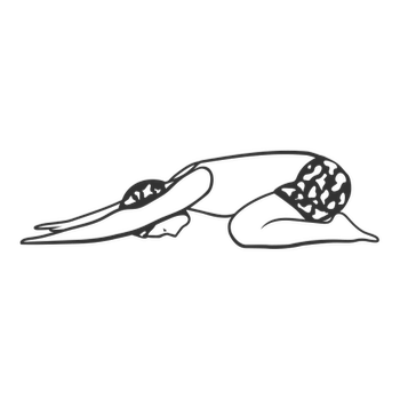
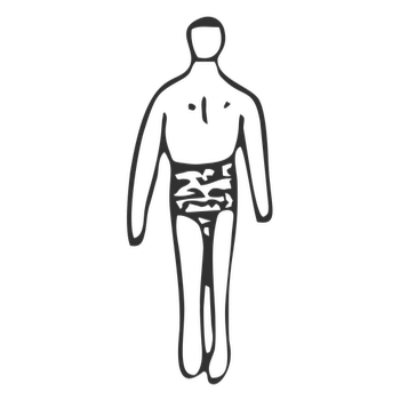
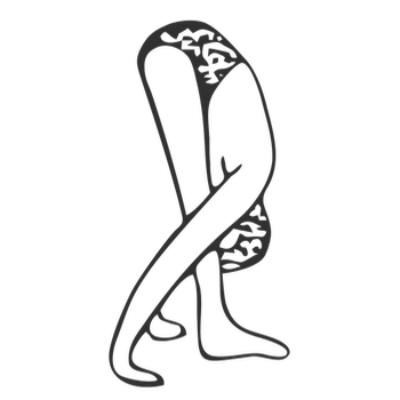
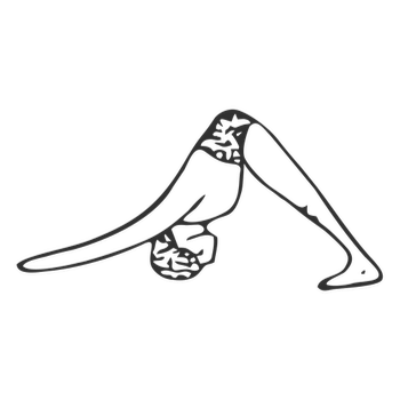
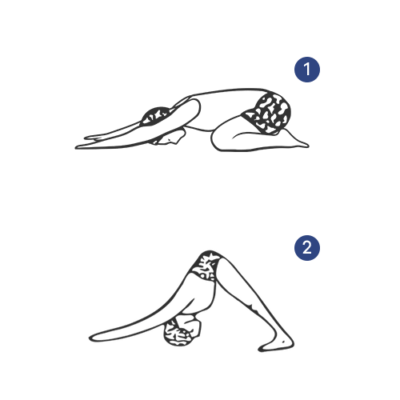


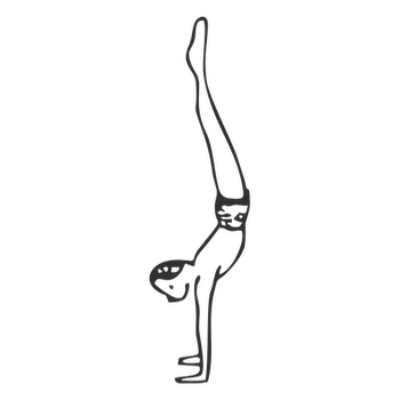



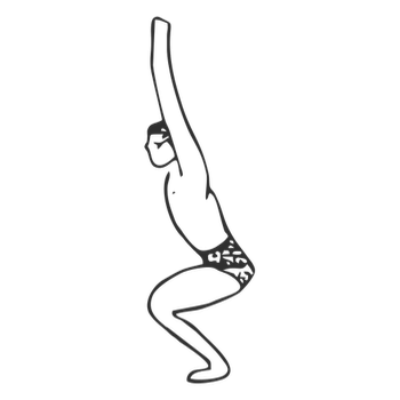

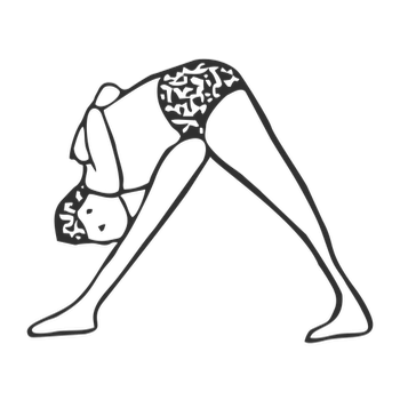
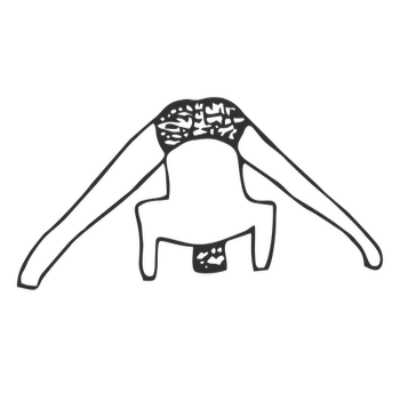

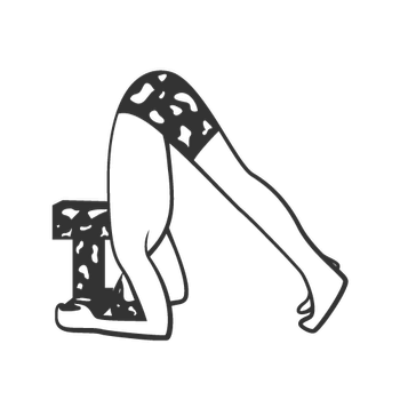

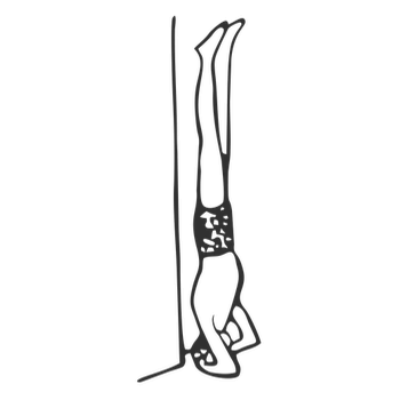

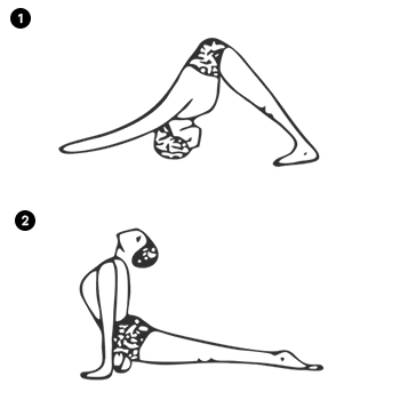
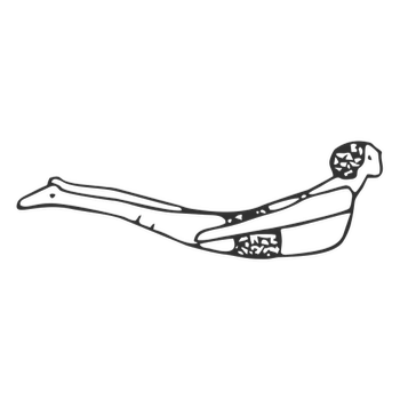
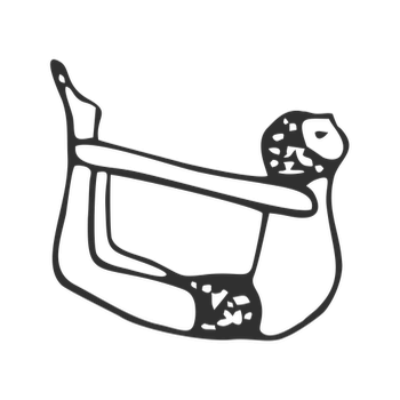

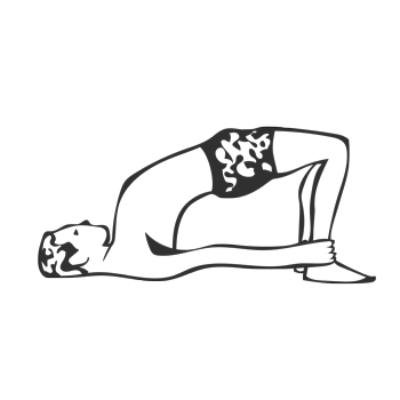
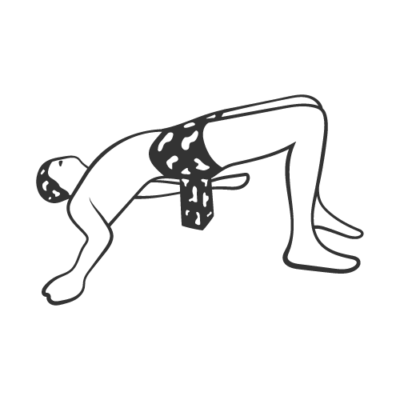



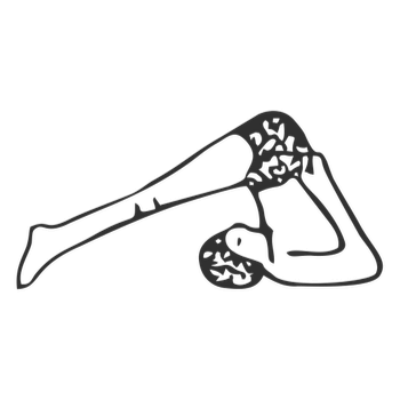
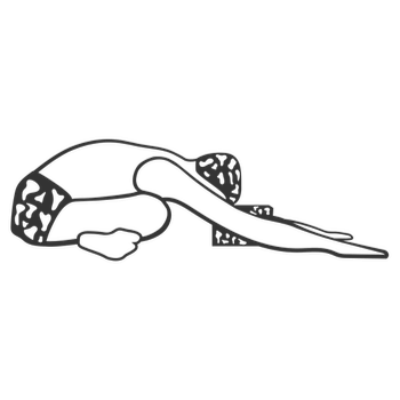
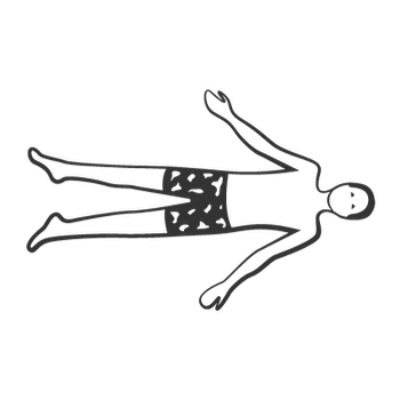
Share
Save PDF and print
You are welcome to download the PDF of the sequence and print and distribute it freely. You may have to wait up to 30 seconds for the PDF to generate. Please credit the teacher who created it. All illustrations from Dona Holleman’s ‘Yoga Darśana’, RIMYI Institute texts and Yoga Vastu illustrators for original asana drawings.
